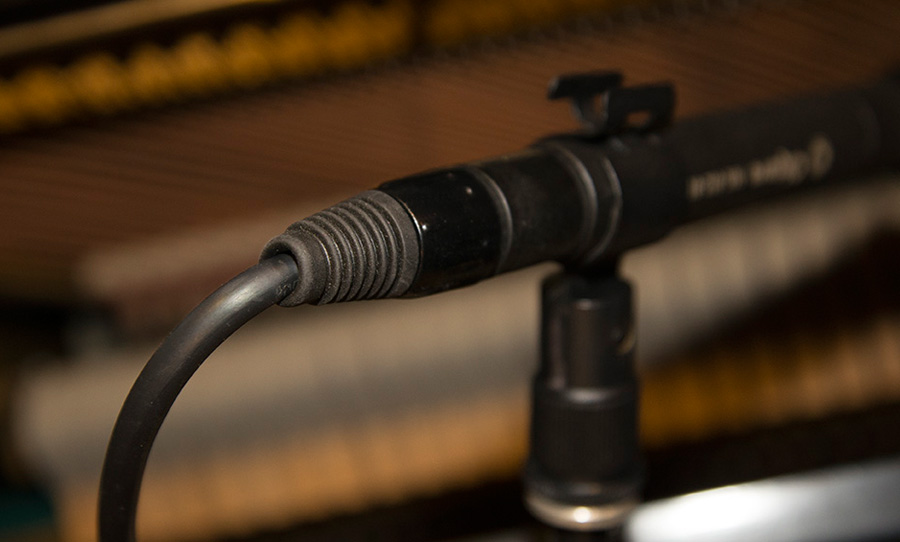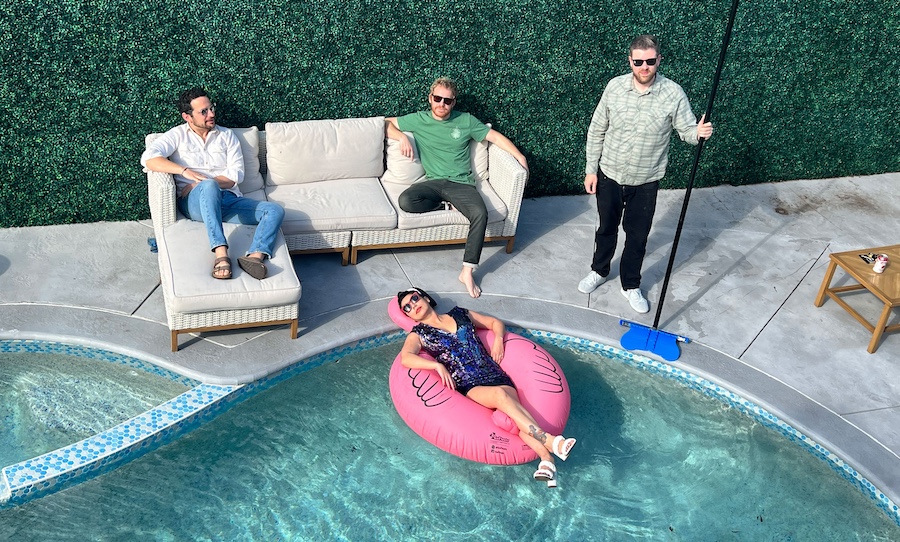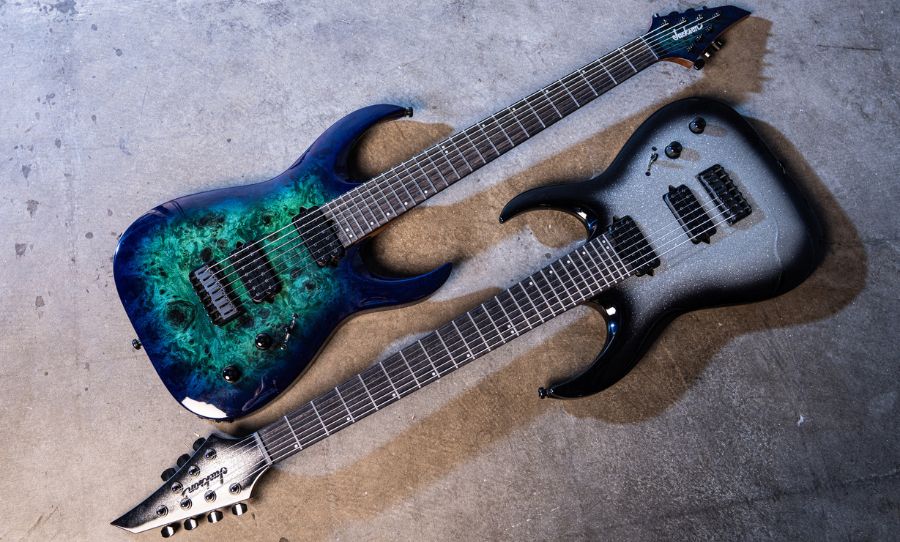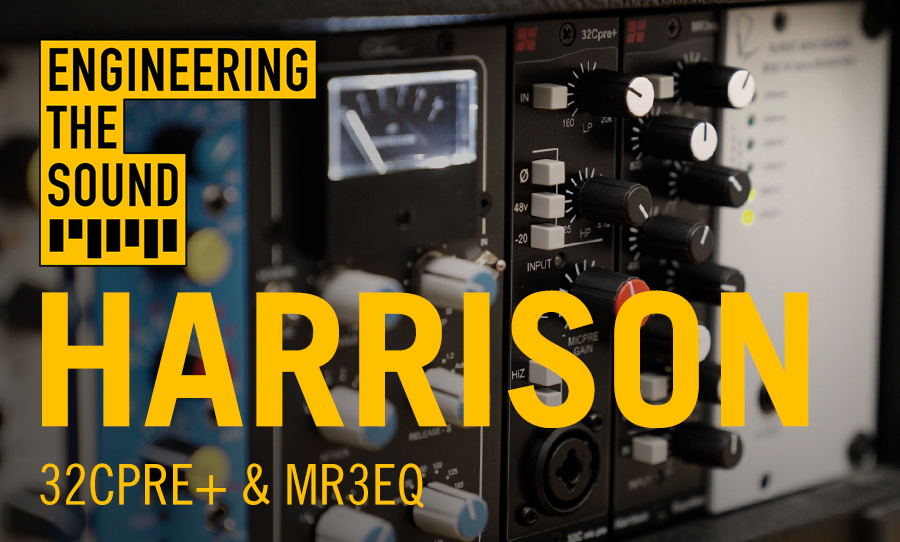Stereo pair miking is fun especially when recording something as dynamic as a piano. When you have microphones as good as the Oktava MK-012 at your disposal, it’s even better.
The reason being that the recording engineer has to interact with the instrument and the room to create the best image possible. Stereo imaging is a whole science unto itself and there plenty of info in that across the web. There are some great techniques to experiment with – XY, ORTF or stereo spread to mention but a few.
In a recent session recording piano, we used a couple of Oktava MK-012s. I really love the way that they handle dynamics. They reproduced a very flat response through different dynamic peaks, which makes them suitable for drum overheads too
It feels very different to a close miking approach because there’s a lot of air in between the sound source and the microphone, allowing for the sound to fully develop. In a way, sounding more natural, as if you were in the room the with the performer.
In a recent piano session, I used a couple of Oktava MK-012s. This pair of mics are relatively unassuming and cool charcoal in colour. Oktava have been making microphones in Russia since 1927 and have honed their design and versatility (the MK-012 comes with interchangeable cardioid, hyper-cardioid and omni-directional capsules, plus a 10 dB pad) over the decades. We bought ours (which are a modded pair) from Michael Joly who’s an absolute legend!
I went with a stereo spread in the beginning. I gave the mics a little more air after some initial testing. I really love the way that they handle dynamics. They reproduced a very flat response through different dynamic peaks, which could make them suitable for drum overheads too.
In fact, they could be useful for a whole bunch of different studio applications where clean, accurate sound capturing is required. I’m looking forward to more experiments with these versatile mics.


